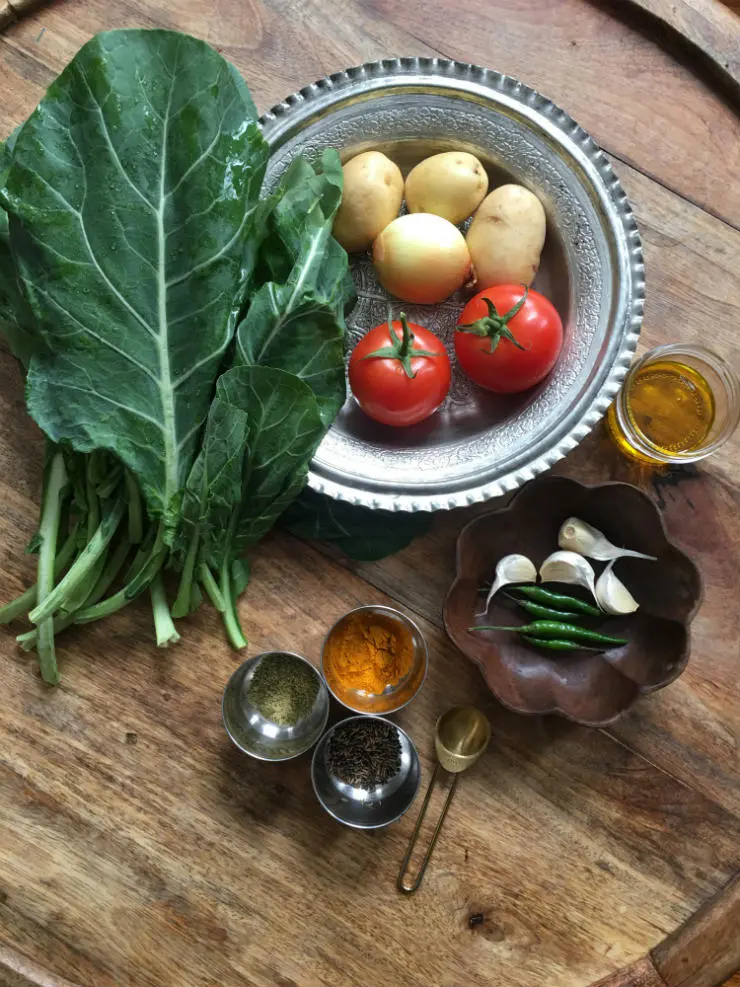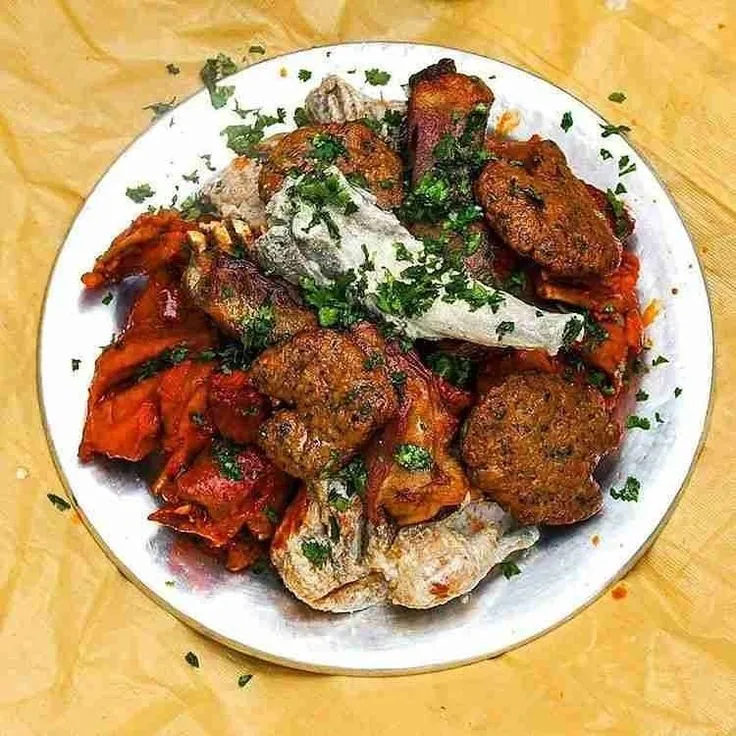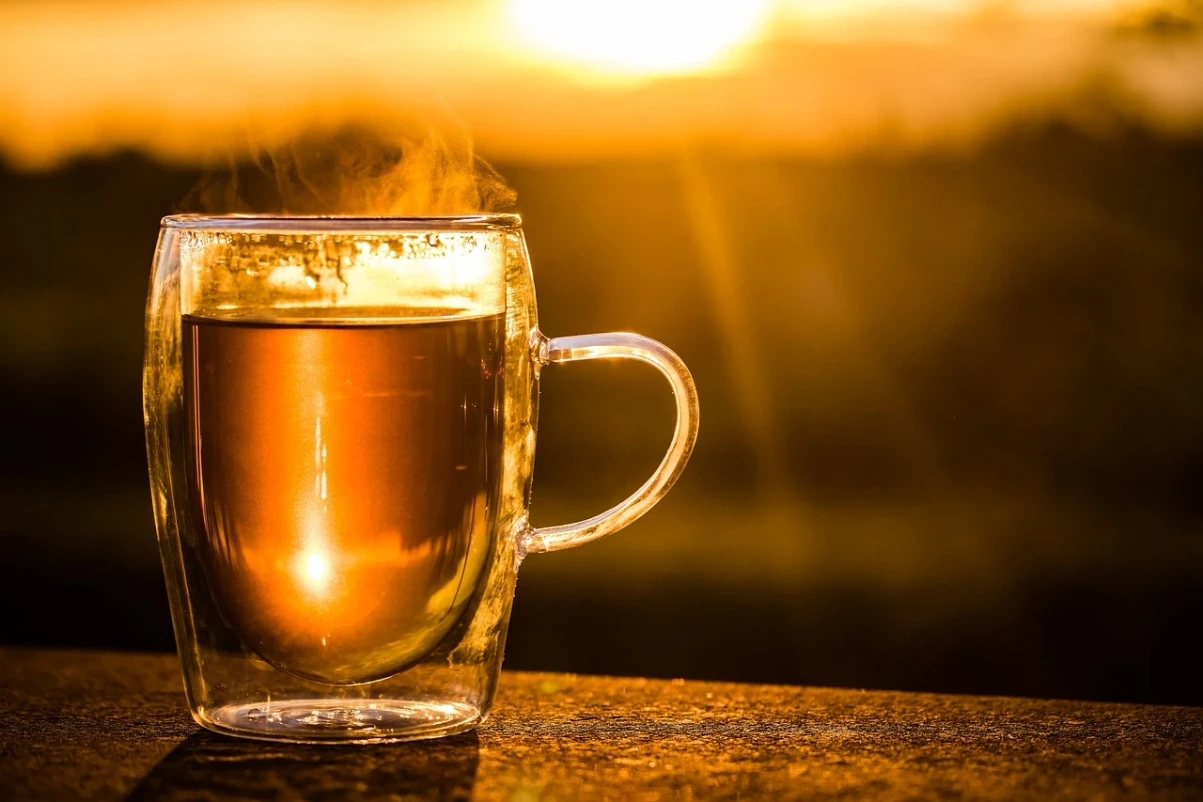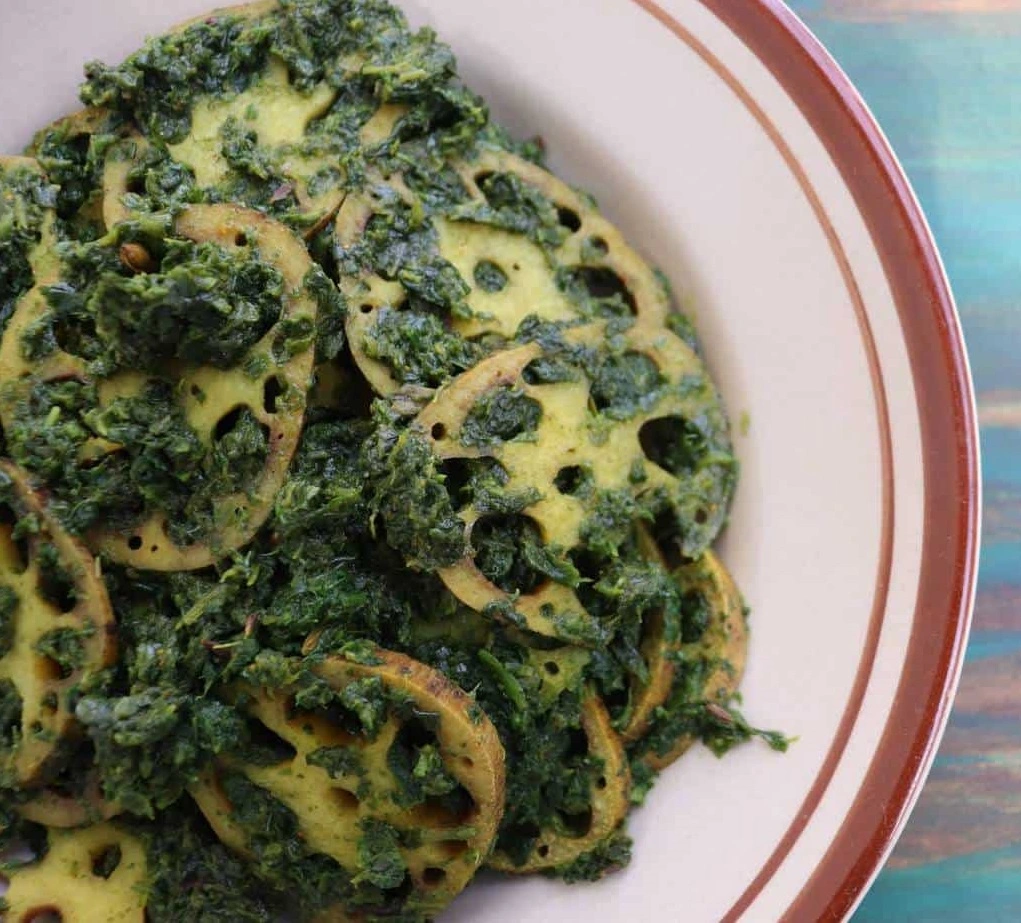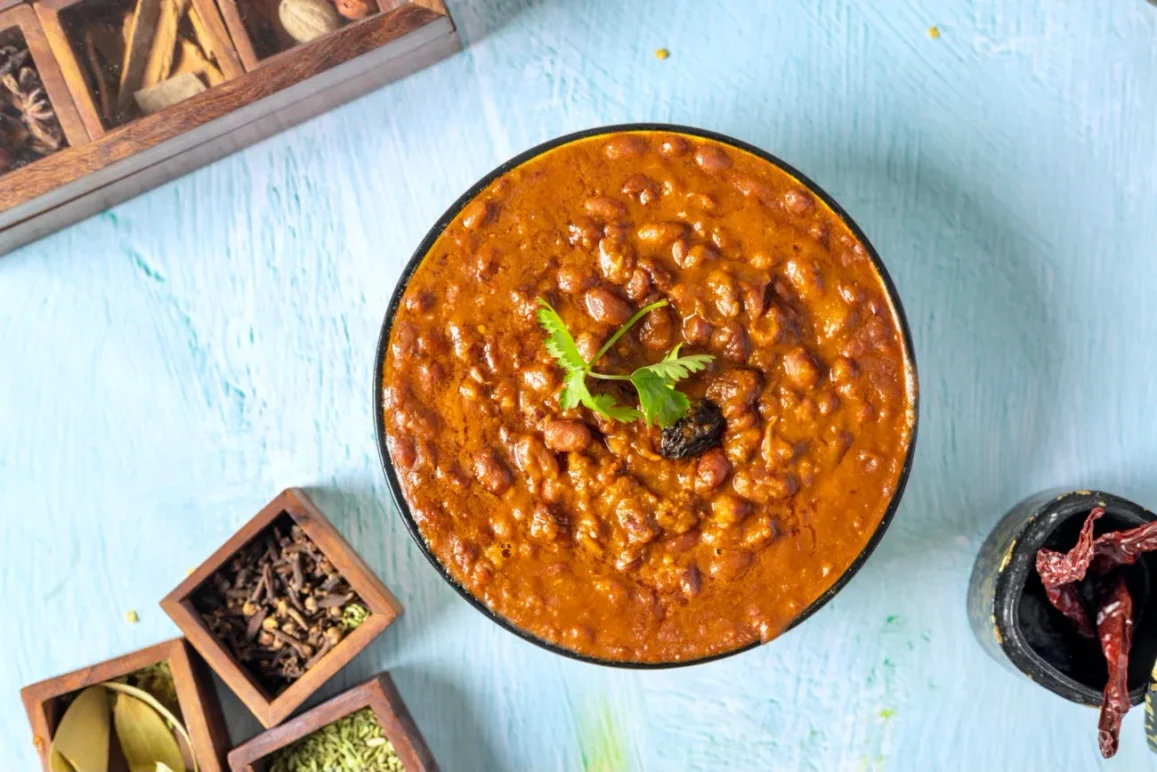Food is seen as one of the most important indicators of human culture. The culinary culture of a particular region reflects the geographical and climatic realities, resource availability, interregional and intercommunity interactions, religious beliefs, and hygiene practices of the communities that inhabit that region, among other factors. Naturally, the kind of culinary culture that is prevalent differs to various degrees across regions and communities. Jammu and Kashmir is no exception.
The culinary arts are an essential part of the splendid culture of Jammu and Kashmir as a whole, exhibiting the marvelous results of centuries of interactions and innovations. The mouth-watering dishes of Jammu and Kashmir have crossed regional boundaries, and many of J&K’s unique delicacies have now become famed across India. Rogan Josh, Aab Gosht, Goshtaba, Kashmiri Pulao, and Kashmiri Aloo Dum are some of the dishes that have won the hearts and minds of millions. The light, soupy, and tasty haak seems to be one of those gems that should definitely grace the global palate.
Kashmiri haak, usually made with collard greens, is a cherished staple in the Kashmiri Pandit cuisine. It doesn’t just have plenty of nutritional benefits, but it can also be a part of a delicious seasonal meal.
What is Kashmiri Haak?
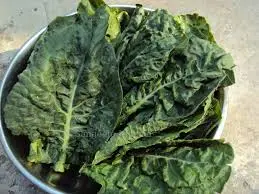
Kashmiri haak, also known as Kashmiri saag, is a traditional dish in the Kashmir Valley made with collard greens (or other leafy greens) cooked with spices like asafoetida, mustard oil, and red chilies. The word “haak” in Kashmiri translates to “greens,” and the dish is a staple in Kashmiri cuisine, particularly among the Kashmiri Pandit community.
There is no one universally agreed-upon process of preparing haak. Variations range from regional to local, and like every dish, sometimes variations even take place across households.
As stated earlier, there are numerous variations in preparing haak. While minor variations result from using different kinds of vegetable ingredients, it is also crucial to mention that there are non-vegetarian varieties of the dish as well. Some people use lamb broth while cooking haak in order to give the dish more flavor.
Monje Haak
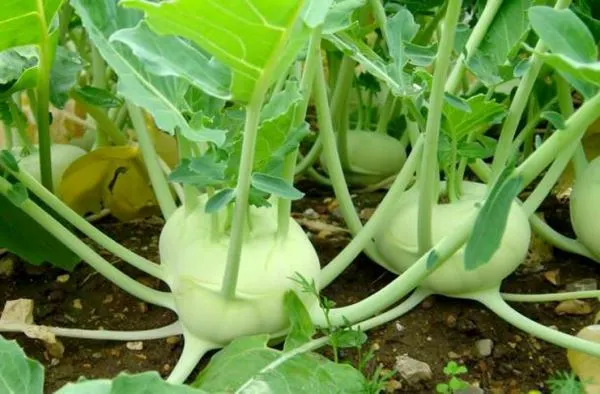
Monje Haakh features knol khol, also known as kohlrabi, which is a type of turnip-like vegetable that is widely used across the country. The dish is known for its simplicity and the way it highlights the natural flavours of the kohlrabi. Typically, both the bulb and the greens of the kohlrabi are used in this preparation. The kohlrabi bulb is peeled and chopped, while the greens are thoroughly washed and cut into pieces.
Dageth Haak
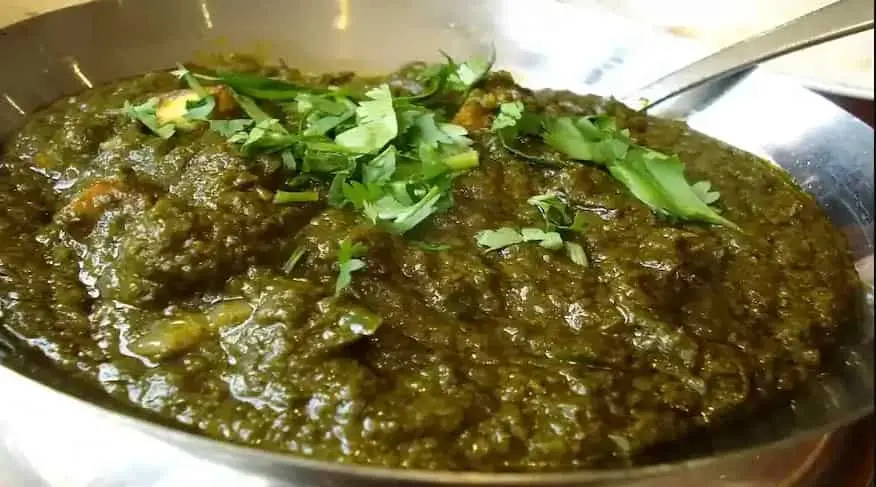
Made with mashed collard greens, this quintessential recipe is often made a part of Wazwan platters. Dageth Haak is known for its robust, earthy flavour and is typically cooked with minimal spices to let the natural taste of the greens shine through. The dish is highly nutritious, rich in vitamins A, C, and K, iron, calcium, and dietary fiber, making it an essential part of the local diet. Dageth Haak is commonly served with rice or maize-based dishes, enhancing its role as a staple food in the region’s culinary landscape.
Woste Haak
Kashmiri Wosta Haakh is made with red spinach, known for its vibrant colour and distinct flavour. With its tender leaves and slightly earthy taste, it complements the robust flavours typical of Kashmiri cuisine. The preparation process remains faithful to the traditional methods, ensuring that the essence of the leafy green is preserved. This flavorful and nutritious dish showcases the natural, muted sweetness of the spinach, balanced by the slight bitterness of the greens and the aromatic spices. This haak is traditionally served with steamed rice.
Methi Haak
Unique flavours of fenugreek greens in a simple yet delicious manner. This dish is a part of the rich Kashmiri culinary tradition, which often emphasizes the use of fresh, local ingredients and straightforward cooking techniques to create flavorful and nutritious meals.
In Methi Haak, the slightly bitter taste of fenugreek leaves is beautifully balanced with the subtle flavours of Kashmiri spices. The dish typically features a tempering of mustard oil, which is a staple in Kashmiri cuisine, adding a distinctive pungency and depth. Aromatic spices like asafoetida (hing) and dried red chillies are used to enhance the overall flavour profile, creating a harmonious blend that complements the fenugreek.
Nutritional Fact
Collard green is a low-calorie vegetable laden with many essential nutrients that support optimizing overall health. A serving of greens (1 cup) provides 12 calories, 2 grams of carbohydrates, 1.4 grams of dietary fibre, and 1 gram of protein. It is bestowed with immense amounts of calcium, magnesium, potassium, phosphorus, and vitamins K, C, and folate. Furthermore, these greens are a storehouse of beneficial plant compounds known as antioxidants, such as phenols, polyphenols, and alpha-lipoic acid, that reduce oxidative stress by fighting free radicals in the system, reducing inflammation, and lowering the risk of developing chronic ailments.
Health Benefits of Haak
Green Leafy veggies come with an extremely impressive nutrient profile that confers a host of healing health benefits. There’s a broad spectrum of greens locally available in the market, such as spinach, moringa, mustard greens, fenugreek leaves, kale, cabbage, collard, to mention a few. Packed with a treasure trove of phytonutrients, greens help to improve the digestion process, bolster the immune system, shed surplus kilos, and lower the risk of chronic diseases. Read this article to explore the health benefits, nutritional value, and ways to add collard greens to your meal plan.
Cancer Prevention
Collard greens contain glucosinolates, which have anti-carcinogenic effects. They are also rich in antioxidants that can help protect against cell damage and reduce the risk of certain cancers.
Bone Health
Collard greens are a good source of vitamin K, which is essential for calcium absorption and bone health.
Skin and Hair Health
They are rich in vitamin A, which is important for skin and hair growth and sebum production. Vitamin C contributes to collagen production, which provides structure to skin and hair. Iron, also present in collard greens, helps prevent anemia, which can cause hair loss.
Digestion
The high fiber content in collard greens promotes regular bowel movements and can help prevent constipation.
Mood Enhancement
Collard greens contain choline, a neurotransmitter that can help maintain healthy sleep and a good mood.
Other Notable Benefits
Blood Pressure:
Collard greens contain magnesium, which is important for maintaining healthy blood pressure.
Immune System
Vitamin C and antioxidants in collard greens support a healthy immune system.
Heart Health
Collard greens can contribute to heart health through their fiber content and antioxidants.
Ingredients:
- 1/3 cup oil, preferably mustard oil
- 2 teaspoons salt
- 1/2 teaspoon baking soda
- 1 pinch asafoetida powder (hing), optional
- 500 grams of haak or collard greens, washed, leaves kept whole
- 4 dried red chillies, preferably Kashmiri red chillies
Method
- Pour 2 liters of water into a large saucepan over high heat. Add oil and bring to a boil.
- Toss in salt, baking soda, and asafoetida if using; stir till completely dissolved. Add haak to the saucepan and press down with a spatula. Bring the water back to a boil and continue to press down with a spatula or large spoon. It is important that the haak stays submerged in the water. Continue cooking for about 15 minutes, stirring and pushing the haak down occasionally so that it remains submerged.
- Add red chillies (Kashmiri) and cook for another 5 minutes till the haak is tender and cooked through. Remove from heat.
- Transfer the haak to a serving bowl along with its cooking liquid. Eat hot ladled over rice.
Conclusion
Kashmiri Haak is more than just a dish; it’s a symbol of Kashmiri culture, a testament to the valley’s resilience, and a delicious way to enjoy the bounty of the land. Its simplicity and versatility make it accessible to all, while its nutritional benefits and comforting flavors make it a cherished part of the Kashmiri diet.

